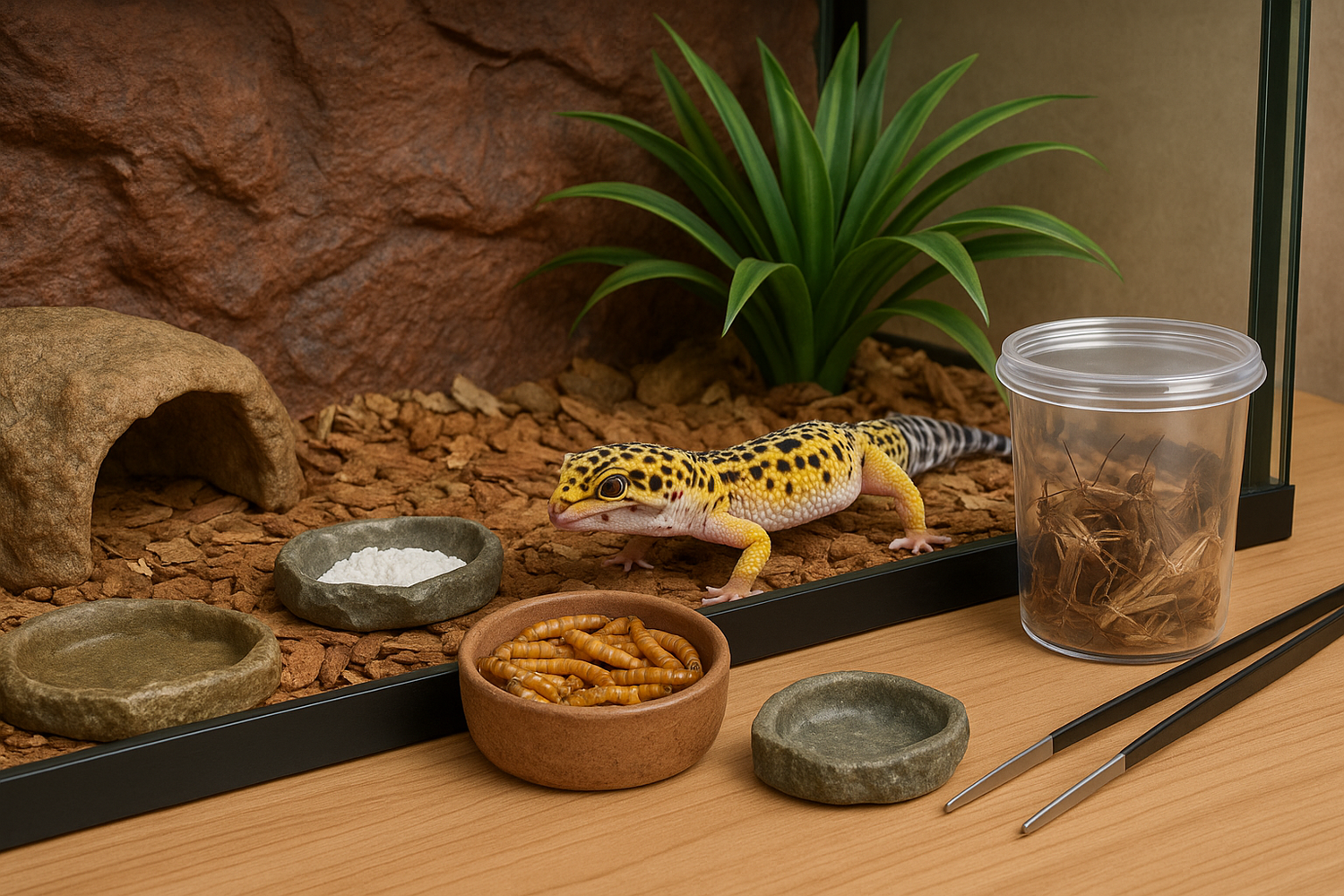Collection: Reptile Feeding
Our extensive range of reptile foods is tailored to meet the diverse dietary needs of various species. From high-quality live insects, such as crickets and mealworms, nutrient-rich frozen options like mice and rats, or prepared species diets, our selection ensures a well-rounded and balanced diet. We understand the importance of replicating the natural feeding behaviors of reptiles, whether you keep herbivores, carnivores, or omnivores, our carefully curated selection guarantees that you can create a customized feeding plan for each unique reptile. Focusing on nutritional value, support the well-being and longevity of your animals, providing them with the best possible foundation for a thriving life in captivity.
Our extensive range of reptile foods is tailored to meet the diverse dietary needs of various species. From high-quality live insects, such as crickets and mealworms, nutrient-rich frozen options like mice and rats, or prepared species diets, our selection ensures a well-rounded and balanced diet. We understand the importance of replicating the natural feeding behaviors of reptiles, whether you keep herbivores, carnivores, or omnivores, our carefully curated selection guarantees that you can create a customized feeding plan for each unique reptile. Focusing on nutritional value, support the well-being and longevity of your animals, providing them with the best possible foundation for a thriving life in captivity.
Read more...
The Ultimate Guide to Feeding Your Reptile: What, When & How

Live vs. Dry Reptile Food: Which Is Best for Your Pet?

Feeding Accessories Every Reptile Owner Should Have

The Ultimate Guide to Feeding Your Reptile: What, When & How

Live vs. Dry Reptile Food: Which Is Best for Your Pet?

Feeding Accessories Every Reptile Owner Should Have
Have Questions About Reptile Feeding?
We Have Answers.
Get quick answers to common questions about Reptile Feeding
What should I feed my reptile?
How often should I feed my reptile?
Is live or dry food better for reptiles?
What feeding tools do I need?
Do I need to dust insects with supplements?
What’s the best food for a leopard gecko or bearded dragon?
How do I keep feeder insects alive longer?

Quality Reptile Feeding Supplies for All Species
At Charterhouse Aquatics, we stock a wide selection of live, dried, and prepared reptile foods to meet the needs of snakes, lizards, geckos, and tortoises. From high-protein live insects like crickets and mealworms to nutritionally balanced dry diets, you’ll find the right feeding solution for every species. Pair your food choices with essential accessories such as feeding tongs, worm dishes, and calcium supplements for safe and effective mealtimes. Whether you’re caring for a juvenile gecko or an adult bearded dragon, our range supports every stage of your reptile’s life.






